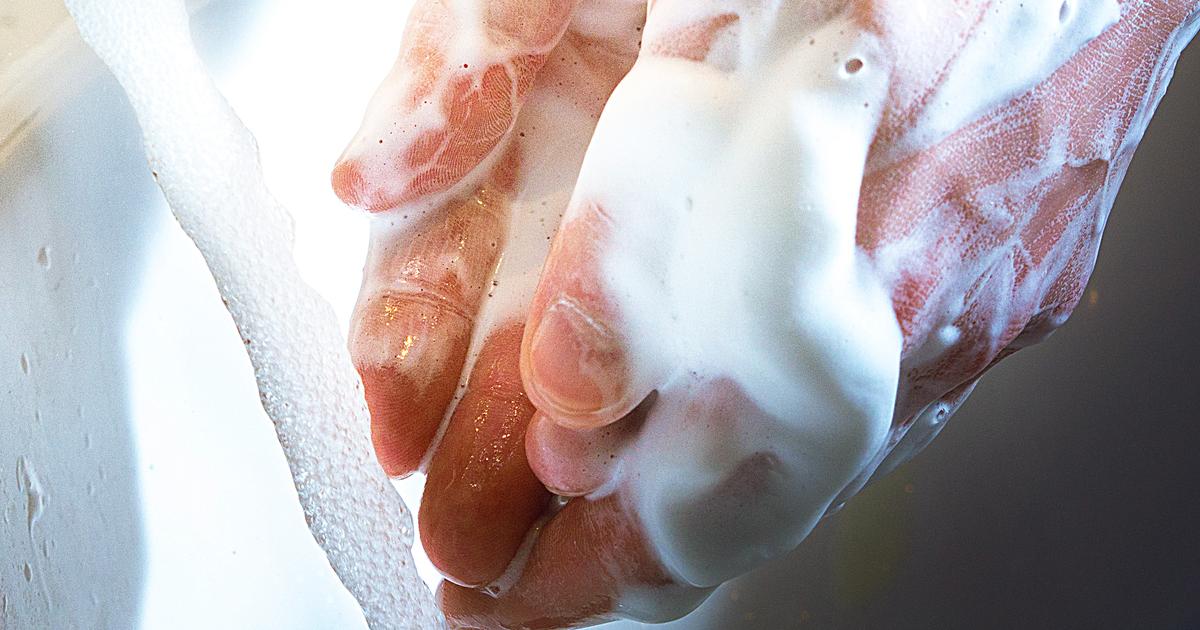How To Prevent And Treat Ringworm
Ringworm, also known as tinea and dermatophytosis, is a fungal infection that affects the skin. Patients with this condition will notice a red, circular rash on the skin. Typically, the rash begins as a flat, scaly area that is red and itchy, and as the rash progresses, it becomes slightly elevated above the skin's surface, and the edges take on an irregular, wavy shape. Ringworm can be spread through skin-to-skin contact with an individual who has the infection, and patients have also become infected after touching dogs, cats, or cows that have it.
Living in a warm climate, participating in wrestling, wearing tight clothing, and having a weakened immune system could all increase an individual's risk of contracting the infection. Doctors are often able to diagnose ringworm with a visual examination, and using a blacklight over the affected area can help in the diagnostic process. If the ringworm fungus is present, it will glow when the blacklight is applied. Rarely, a skin biopsy, fungal culture, or KOH test may be needed to confirm the diagnosis.
Wash Hands Often

One of the most effective methods for preventing ringworm is to wash hands often. This practice reduces the risk of contracting the infection after exposure. Doctors recommend washing hands before preparing food, after eating, and after going to the bathroom. Patients should also wash their hands after interacting with pets and when returning home after work or school. Washing hands under running water is beneficial, and patients should use antibacterial soap. After wetting the skin and applying soap, both hands should be rubbed together vigorously for at least twenty to thirty seconds. Special attention should be given to the areas between the fingers and underneath the fingernails. If water and soap aren't available, using an alcohol-based hand sanitizer is suggested.
Keep Cool And Dry

Patients who keep cool and dry may be able to reduce their risk of ringworm, and this is especially important for individuals who live in warm, humid climates. To keep cool and dry, it is important to wear clothing appropriate for the weather and particular activities. For example, wearing shorts and short sleeves in the summer can greatly increase an individual's ability to stay cool, and patients may also want to choose lightweight, breathable fabrics such as linen or cotton during the summer.
Polyester and other synthetic fabrics tend to trap heat, potentially increasing an individual's perspiration and creating an environment where fungus could easily multiply. Thick or tight clothing should be worn for only as long as necessary. In addition, it is crucial to dry the skin after exercise or prolonged periods spent in the outdoors. Patients should shower after exercising or sweating heavily, and they should change into clean clothing.
